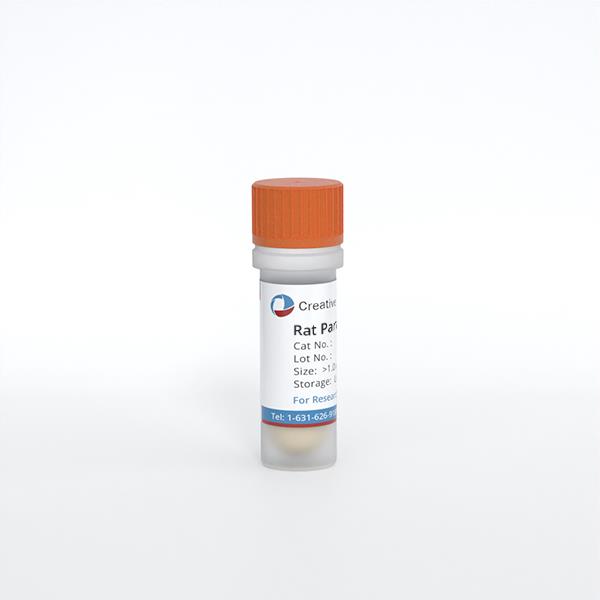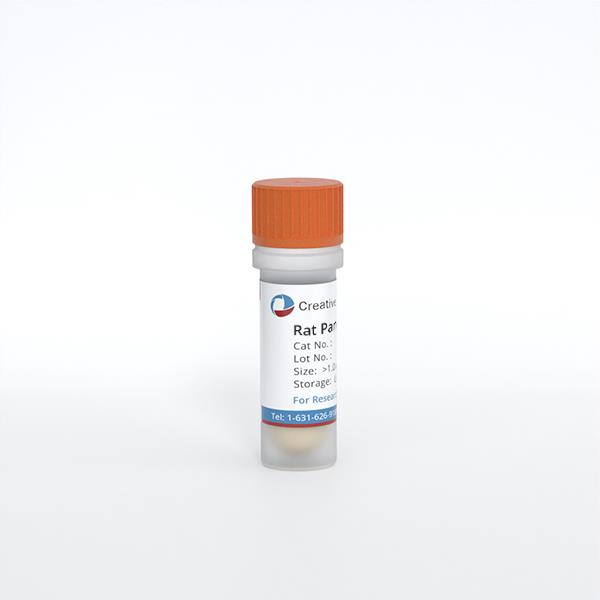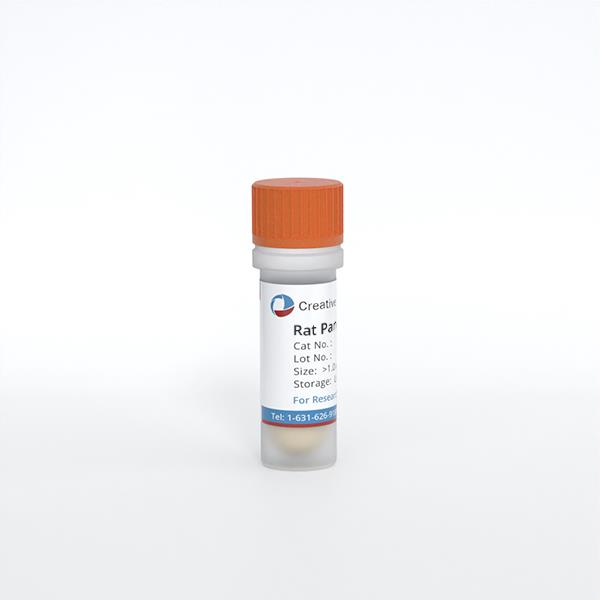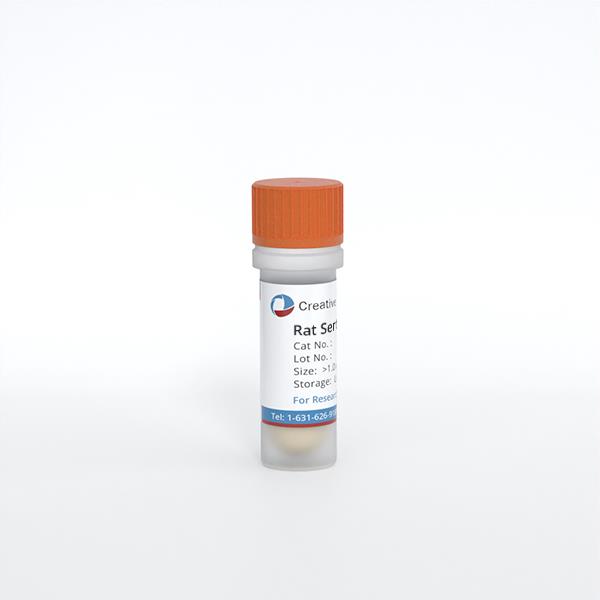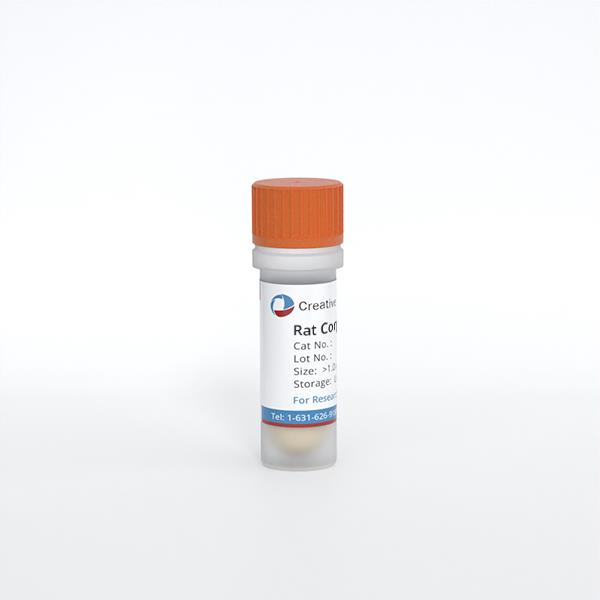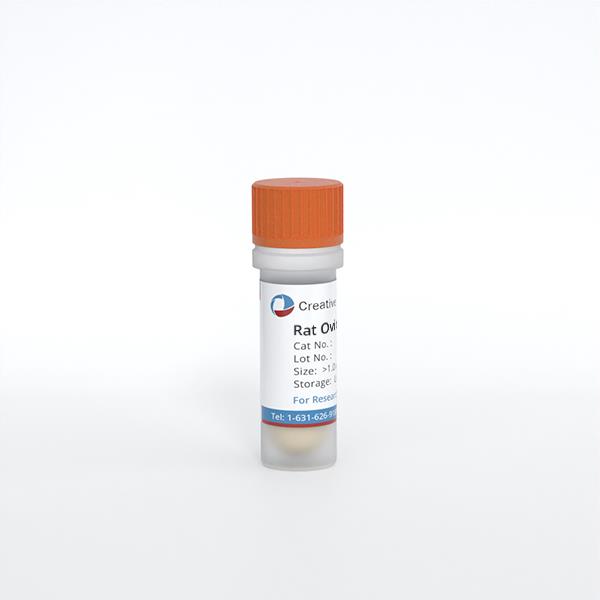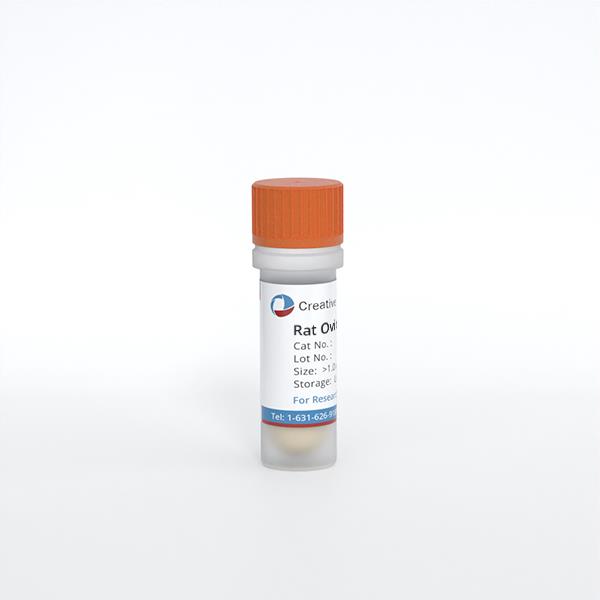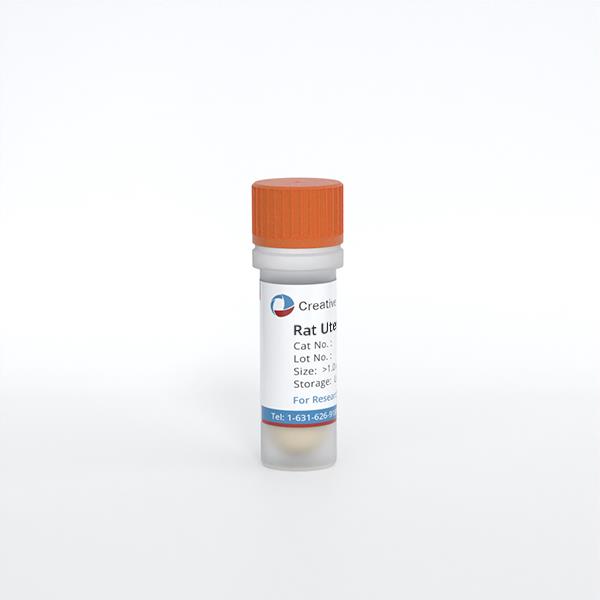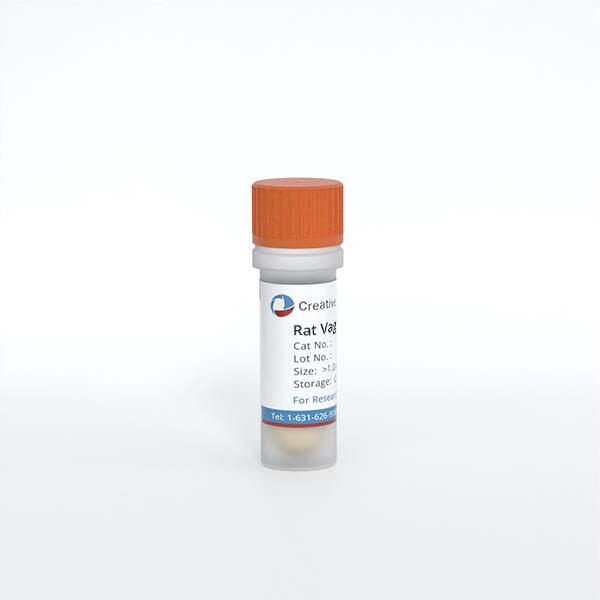Animal Primary Cells
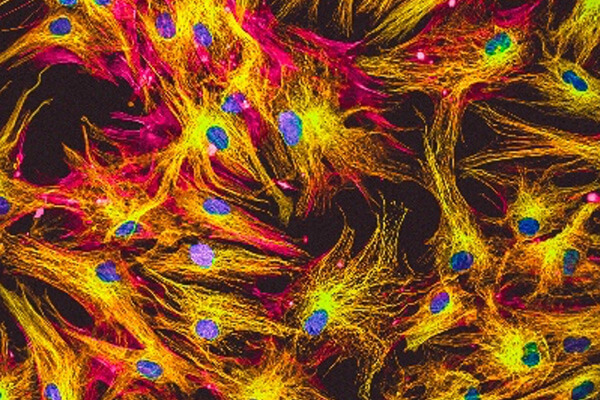
The animal cell model is an alternative for in vivo studying the biological functions of cells. As models for human systems, researchers can use animal cells to examine a wide range of disease mechanisms and evaluate novel treatments before applying the results of these investigations to humans. Animal cell culture has found use in diverse areas, from basic to advanced research.
- Studying basic cell biology, cell cycle mechanisms, specialized cellular functions, cell-cell and cell-matrix interactions
- Toxicity testing to study the effects of new drugs
- Gene therapy for replacing non-functional genes with functional gene-carrying cells
- Production of vaccines, monoclonal antibodies, and pharmaceutical drugs
- Production of viruses for use in vaccine production
Creative Bioarray's animal primary cells are isolated from normal or diseased animal tissues. They are rigorously quality tested to meet our high standard and specifications.
- Over 500 different lots available
- Isolated from both healthy and diseased animals
- Cryopreserved immediately after isolation
- Stored in frozen vials
Search our available specified cell types to find primary cell solutions for your research.
Filters Clear all filters
Species
- Bovine (20)
- Cat (1)
- Chicken (4)
- Dog (114)
- Fish (1)
- Fruitfly (1)
- Goat (2)
- Guinea Pig (6)
- Hamster (95)
- Horse (1)
- Human (793)
- Minipig (2)
- Monkey (128)
- Mouse (866)
- Pig (106)
- Rabbit (249)
- Rat (321)
- Sheep (2)
- Squirrel (1)
- Turkey (1)
Source
- Adipose (27)
- Adrenal Gland (10)
- Airway (7)
- Anus (3)
- Aorta (83)
- Artery (178)
- Bile Duct (9)
- Bladder (45)
- Blood (190)
- Bone (13)
- Bone Marrow (154)
- Brain (158)
- Breast (63)
- Bronchus (43)
- Cartilage (19)
- Cervix (5)
- Chorion (5)
- Choroid (8)
- Ciliary Body (1)
- Colon (63)
- Conjunctiva (8)
- Cord Blood (24)
- Cornea (24)
- Dental Pulp (4)
- Dermis (109)
- Diaphragm (3)
- Ear (9)
- Embryo (21)
- Endometrium (9)
- Epidermis (25)
- Epididymis (3)
- Esophagus (31)
- Eye (87)
- Foreskin (2)
- Gallbladder (4)
- Gingiva (18)
- Hair Follicle (15)
- Heart (62)
- Intestine (150)
- Iris (1)
- Kidney (144)
- Lens (4)
- Liver (118)
- Lung (188)
- Lymph Node (26)
- Mesentery (18)
- Nose (3)
- Oral Cavity (8)
- Ovary (70)
- Oviduct (6)
- Pancreas (66)
- Pancreatic Duct (3)
- Pancreatic Islet (11)
- Parathyroid Gland (4)
- Penis (6)
- Perineurium (1)
- Periodontal Ligament (5)
- Periodontium (23)
- Peripheral Blood (150)
- Peritoneal Cavity (14)
- Placenta (29)
- Prostate (62)
- Pudenda (2)
- Rectum (3)
- Retina (36)
- Salivary Gland (3)
- Sclera (3)
- Seminal Vesicle (1)
- Skeletal Muscle (35)
- Skin (152)
- Small Intestine (54)
- Spinal Cord (10)
- Spleen (71)
- Stomach (36)
- Synovial Fluid (2)
- Synovium (9)
- Tendon (6)
- Testis (14)
- Thymus (47)
- Thyroid (34)
- Tongue (4)
- Tonsil (3)
- Tooth (4)
- Trabecular Meshwork (2)
- Trachea (41)
- Umbilical Cord (27)
- Ureter (8)
- Uterus (57)
- Vas Deferens (1)
- Vein (103)
Cell Type
- Adipocyte (4)
- Astrocyte (32)
- B Cell (30)
- Basal Cell (3)
- Basophil (1)
- Beta Cell (3)
- Cardiomyocyte (14)
- CD133+ Cell (6)
- CD34+ Cell (21)
- Cholangiocyte (9)
- Chondrocyte (14)
- Dendritic Cell (15)
- Endothelial Cell (678)
- Endothelial Progenitor Cell (7)
- Eosinophil (1)
- Epithelial Cell (480)
- Fibroblast (447)
- Glial Cell (57)
- Granule Cell (2)
- Granulocyte (12)
- Hepatic Stellate Cell (9)
- Hepatocyte (23)
- Interstitial Cell (9)
- Keratinocyte (23)
- Keratocyte (3)
- Kupffer Cell (8)
- Leydig Cell (3)
- Lymphocyte (82)
- Macrophage (31)
- Mast Cell (3)
- Melanocyte (11)
- Meningeal Cell (4)
- Mesangial Cell (10)
- Mesothelial Cell (4)
- Microglia (6)
- Microvascular Cell (306)
- Monocyte (16)
- Mononuclear Cell (107)
- Myeloid Cell (2)
- Myoblast (5)
- Myofibroblast (3)
- Myosatellite Cell (2)
- Neuron (48)
- Neutrophil (10)
- NK Cell (11)
- Oligodendrocyte (3)
- Oligodendrocyte Progenitor Cell (4)
- Osteoblast (8)
- Osteoclast (2)
- Osteocyte (3)
- Pancreatic Stellate Cell (4)
- Pericyte (20)
- Podocyte (4)
- Preadipocyte (16)
- Progenitor Cell (15)
- Red Blood Cell (12)
- Retinal Ganglion Cell (3)
- Satellite Cell (2)
- Schwann Cell (4)
- Sebocyte (1)
- Sertoli Cell (5)
- Skeletal Muscle Cell (9)
- Smooth Muscle Cell (233)
- Spermatogonium (3)
- Stromal Cell (39)
- Synoviocyte (7)
- T Cell (37)
- Tenocyte (6)
- Trabecular Meshwork Cell (2)
- Trophoblast (4)
Disease
- Acute Lymphocytic Leukemia (ALL) (15)
- Acute Myeloid Leukemia (AML) (13)
- Amyotrophic Lateral Sclerosis (ALS) (4)
- Aplastic Anemia (AA) (1)
- Arteriovenous Malformation (AVM) (1)
- Asthma (5)
- Astrocytoma (2)
- Autoimmune Hemolytic Anemia (AIHA) (1)
- Autoimmune Lymphoproliferative Syndrome (ALPS) (1)
- Breast Cancer (8)
- Cancer (144)
- Cervical Cancer (2)
- Chronic Lymphocytic Leukemia (CLL) (19)
- Chronic Myeloid Leukemia (CML) (14)
- Chronic Obstructive Pulmonary Disease (COPD) (6)
- Colon Cancer (9)
- Crohn's Disease (3)
- Cystic Fibrosis (CF) (7)
- Diabetes (110)
- Diabetes Type 1 (16)
- Diabetes Type 2 (18)
- Diffuse Large B-Cell Lymphoma (4)
- Dilated Cardiomyopathy (DCM) (1)
- Duchenne Muscular Dystrophy (DMD) (5)
- Essential Thrombocythemia (ET) (1)
- Glioblastoma (3)
- Guillain-Barre Syndrome (GBS) (1)
- Hypertension (27)
- Idiopathic Thrombocytopenic Purpura (ITP) (1)
- Inflammatory Bowel Disease (IBD) (5)
- Iron-Deficiency Anemia (1)
- Kidney Cancer (3)
- Legg–Calvé–Perthes Disease (LCPD) (2)
- Leukopenia (1)
- Liver Cancer (3)
- Lung Cancer (12)
- Mantle Cell Lymphoma (MCL) (8)
- Melanoma (2)
- Mucopolysaccharidosis (2)
- Multiple Myeloma (MM) (12)
- Multiple Sclerosis (MS) (3)
- Muscular Dystrophy (MD) (1)
- Myelodysplastic Syndrome (MDS) (3)
- Neurofibromatosis (NF) (3)
- Non-Hodgkin Lymphoma (NHL) (10)
- Normal (2341)
- Osteoarthritis (OA) (4)
- Ovarian Cancer (6)
- Pancreatic Cancer (3)
- Pancytopenia (1)
- Parkinson's Disease (PD) (2)
- Plasmacytoma (1)
- Polycythemia (1)
- Prostate Cancer (6)
- Psoriasis (4)
- Rheumatoid Arthritis (RA) (6)
- Robertsonian Translocation (ROB) (1)
- Sickle Cell Anemia (2)
- Systemic Lupus Erythematosus (SLE) (4)
- Thrombocytopenia (1)
- Transverse Myelitis (TM) (1)
- Ulcerative Colitis (UC) (2)
- Waldenström Macroglobulinemia (WM) (2)
Description: The submandibular gland is the second largest of the three main salivary glands. The submandibular ...
Description: The adrenocortex is the outer region and also the largest part of an adrenal gland. It produces ...
Description: The adrenal medulla is the inner part of adrenal gland. The adrenal medulla makes chemicals such as ...
Description: Parathyroid glands are located behind the thyroid at the bottom of the neck. The parathyroid ...
Description: The exocrine pancreas is responsible for secretion of digestive enzymes, ions and water into the ...
Description: The exocrine pancreas is responsible for secretion of digestive enzymes, ions and water into the ...
Description: Spermatogonia are rounded cells that lie in contact with the basement membrane of the seminiferous ...
Description: Sertoli cells are present in the seminiferous tubules of the male gonads, the testes. They provide ...
Description: Corpus cavernosum smooth muscle (CCSM), the structural basis of cavernous space relaxing and penile ...
Description: The ovary is not only the organ for egg production, growth and maturation, but also one of the ...
Description: The oviducts are part of the genital tract. They have a wall of smooth muscle, an inner mucosal ...
Description: The oviducts are part of the genital tract. They have a wall of smooth muscle, an inner mucosal ...
Description: The endometrium is the lining of the uterus. The physiological functions of the uterine endometrium ...
Description: The uterine wall consists of a smooth muscle (myometrium) organized into three layers. the Inner ...
Description: The mammary ducts are thin tubes in the breast that carry milk from the breast lobules to the ...
Description: The vaginal wall is composed of four layers: non-keratinized stratified squamous epithelium, lamina ...
Description: Testicular interstitial cells are present in the testicular interstitial tissue, and their main ...
Description: The ovary is not only the organ for egg production, growth and maturation, but also one of the ...



